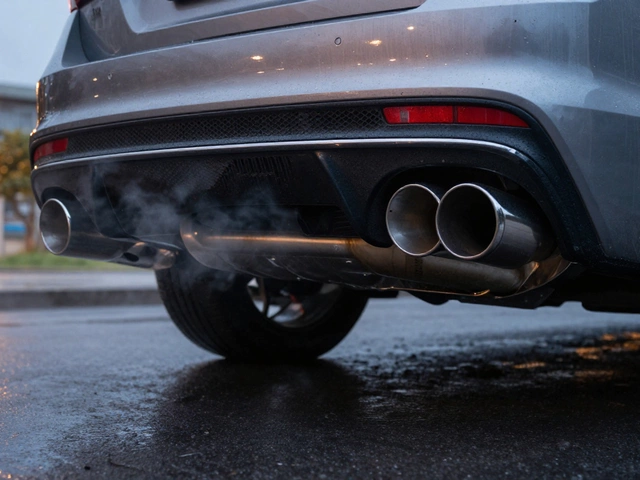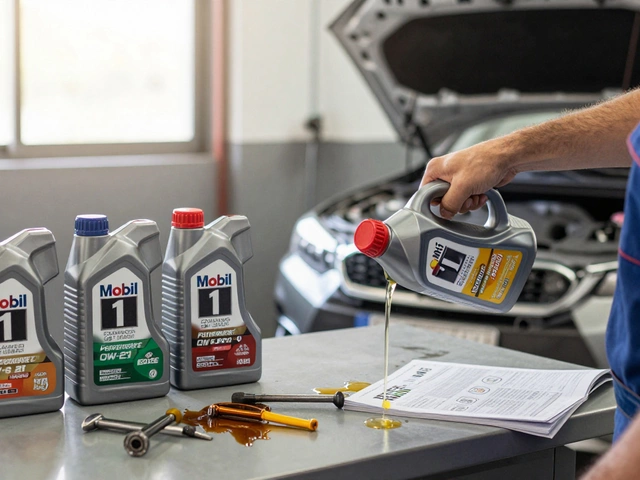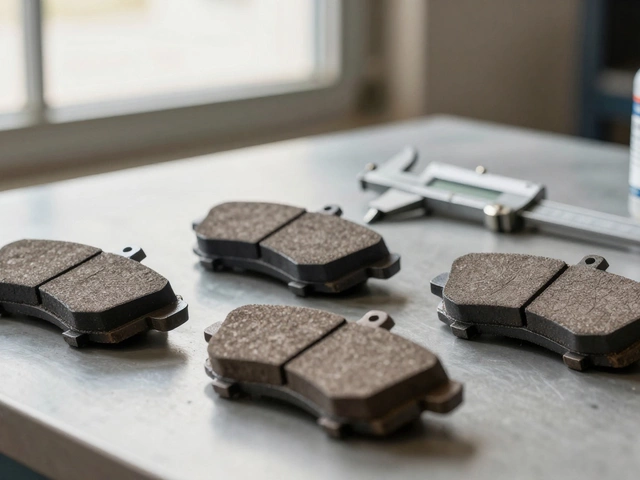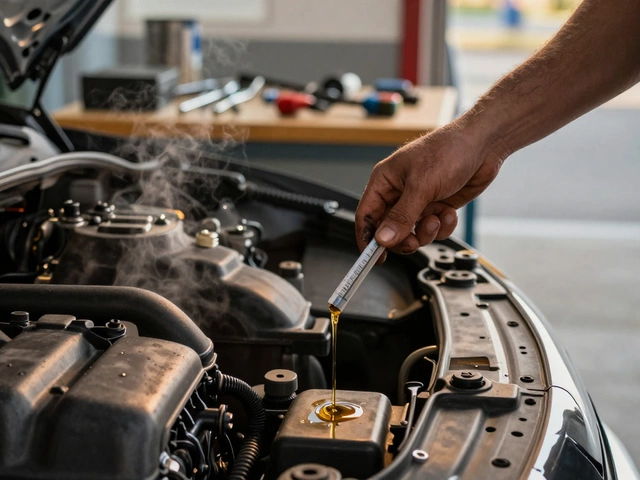Coil Spring: Understanding the Key to a Smooth Ride
When working with Coil Spring, a helical metal component that bears the vehicle’s weight and absorbs road bumps. Also known as coil spring, it stores energy when compressed and releases it to keep the wheels in contact with the road. A well‑matched coil spring is the backbone of any suspension system, the collection of parts that manage wheel movement, shock, and stability. The suspension system requires a balance between spring stiffness and damping, which is where the shock absorber, a hydraulic device that controls spring bounce comes into play. Together, they shape ride comfort, vehicle handling, and tire wear. In simple terms, the coil spring encompasses the ability to support weight, while the shock absorber influences how quickly that support settles after a bump.
Why Coil Springs Matter for Ride Comfort and Handling
Imagine driving over a pothole. If the coil spring is too soft, the wheel will dive excessively, causing a jarring dip and potentially letting the tire lose contact with the road. If it’s too stiff, the car will feel harsh, transmitting every imperfection to the cabin. The sweet spot—often described by the spring’s rate (lbs/in) and its free‑length—dictates how the vehicle responds to load changes, cornering forces, and road irregularities. This is why many DIY guides focus on softening your car suspension or swapping out worn springs: a small change can dramatically improve ride quality. The coil spring also interacts directly with other suspension components. For example, in a front suspension replacement, you’ll often replace the spring, control arm, and ball joint as a set because wear patterns are linked. A worn spring can strain the shock absorber, leading to premature failure—exactly the kind of problem highlighted in posts about "most common suspension system problem: worn shock absorbers". Conversely, fresh shocks can make an old spring feel a bit better, but they won’t fix a spring that’s sagging or has lost its original rate. When choosing a new coil spring, consider the vehicle’s intended use. A daily commuter benefits from a medium‑rate spring that balances comfort and control. A performance‑oriented driver might opt for a higher rate to reduce body roll during aggressive cornering, which also ties into the need for a stiffer anti‑roll bar and firmer shocks. This chain of decisions—spring, shock, anti‑roll bar—forms a logical sequence: coil spring dictates spring rate, spring rate dictates shock tuning, shock tuning influences handling stability. Understanding this relationship helps you avoid the common trap of swapping only one component and expecting a miracle ride.
Below you’ll find a curated set of articles that dive deeper into each of these aspects. Whether you’re trying to decide between softening the suspension for a comfy cruise, troubleshooting a noisy ride, or planning a full front suspension overhaul, the posts cover the practical steps, cost considerations, and tool lists you’ll need. Explore the detailed guides to see how coil springs fit into the bigger picture of vehicle dynamics, and get the confidence to make the right upgrades for your car.
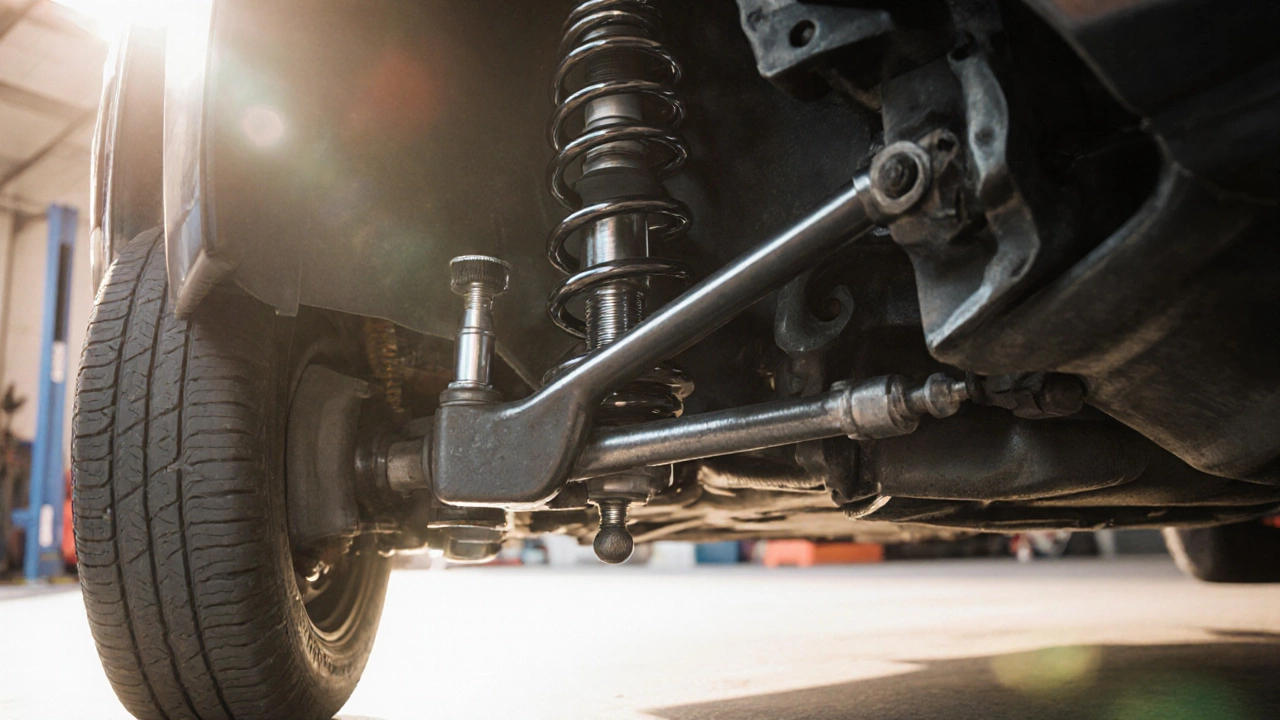
Suspension Components Explained: What’s Included in Your Car’s Suspension
Learn the key parts that make up a car's suspension, how they work together, common wear signs, and tips for choosing the right replacements.
CONTINUE READING
